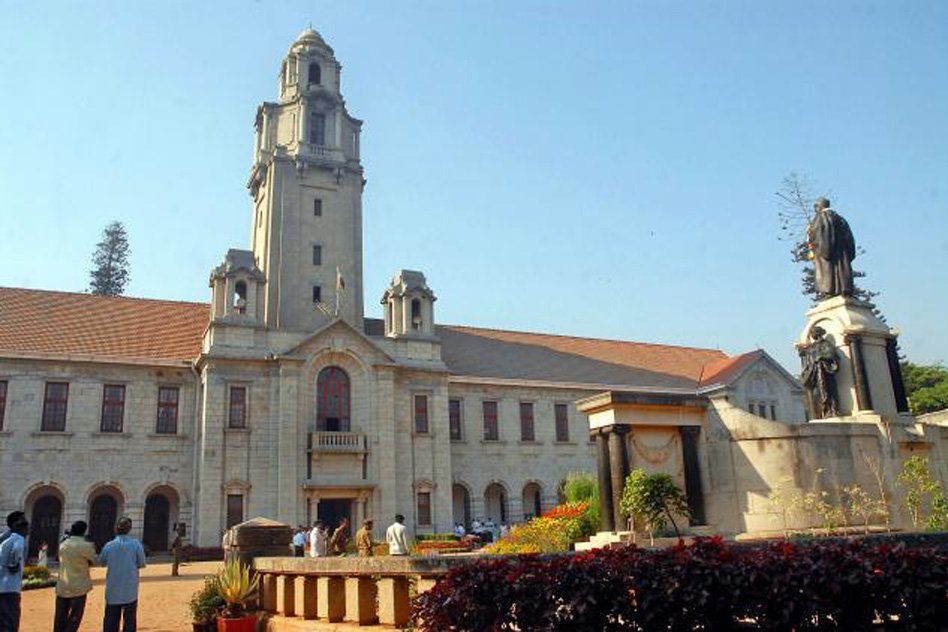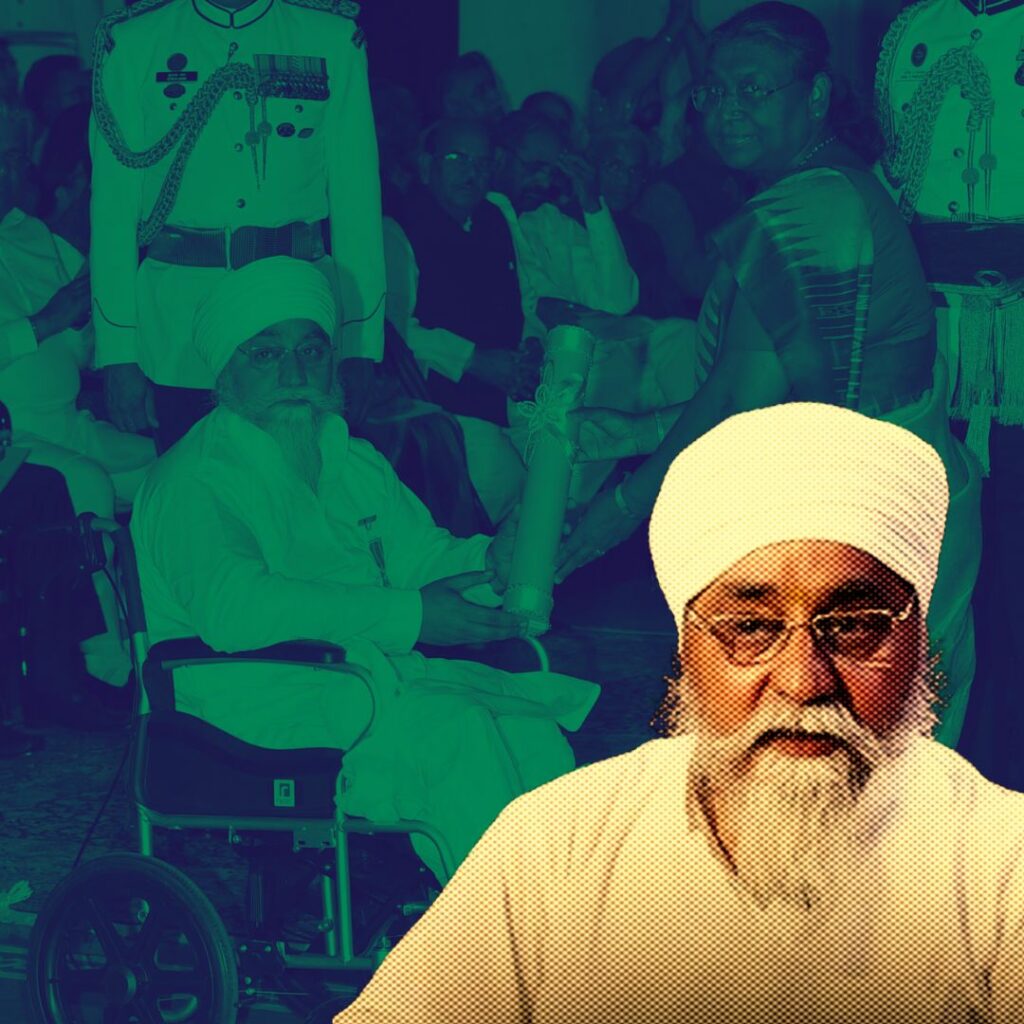Image Source: cheertimes
For the first time India has made to the list of top 200 universities globally. The Indian Institute of Science, Bangalore and Indian Institute of Technology, Delhi have made it to Quacquarelli Symonds’ (QS) list. They have been ranked 147 and 149 respectively for the 2015-2016 list. The list has Massachusetts Institute of Technology (MIT) and Harvard at the top two positions.
Indian Institute of Technology, Delhi which was ranked 235th in the world has improved its position from last year.
According to the QS there are there are 14 Indian institutions in the World University Rankings and half of them are among the global 400. University of Delhi and the University of Mumbai have lost ground principally because of the normalisation by faculty applied to the research indicator but also due to deterioration in other dimensions as well.
IIT Bombay, IIT Madras and IIT Kanpur have also made it among top 300 holding 202, 254 and 271 respectively. Jawaharlal University lead the University in Arts, Science and Humanities table placed at 168 while the Delhi University is placed at 169 in this section.
Thirty-four countries are represented in top 200 and the US holds the dominant position. London is the only city in the world with four universities in the top 50, more than Boston and New York (3) Paris, Sydney, Hong Kong and Beijing (2), with the London School of Economics and Political Science making the top 40 for the first time.
As per the report published in The Hindu where the Director of IISC spoke to the newspaper, “The rankings are largely due to our first undergraduate batch graduating this year. This was one of the criteria needed to feature in the global rankings,” said Anurag Kumar, Director, IISc, adding that the institute had ensured information was given in the correct format to facilitate proper reflection of the performance of the institute on the global stage. He believed the debut was a “step forward” for the institute. “Our performance has remained high. Other universities are catching up due to the impetus given to research in their regions. For us to be in the top 50, we need investment and support for our faculty,” he said.










